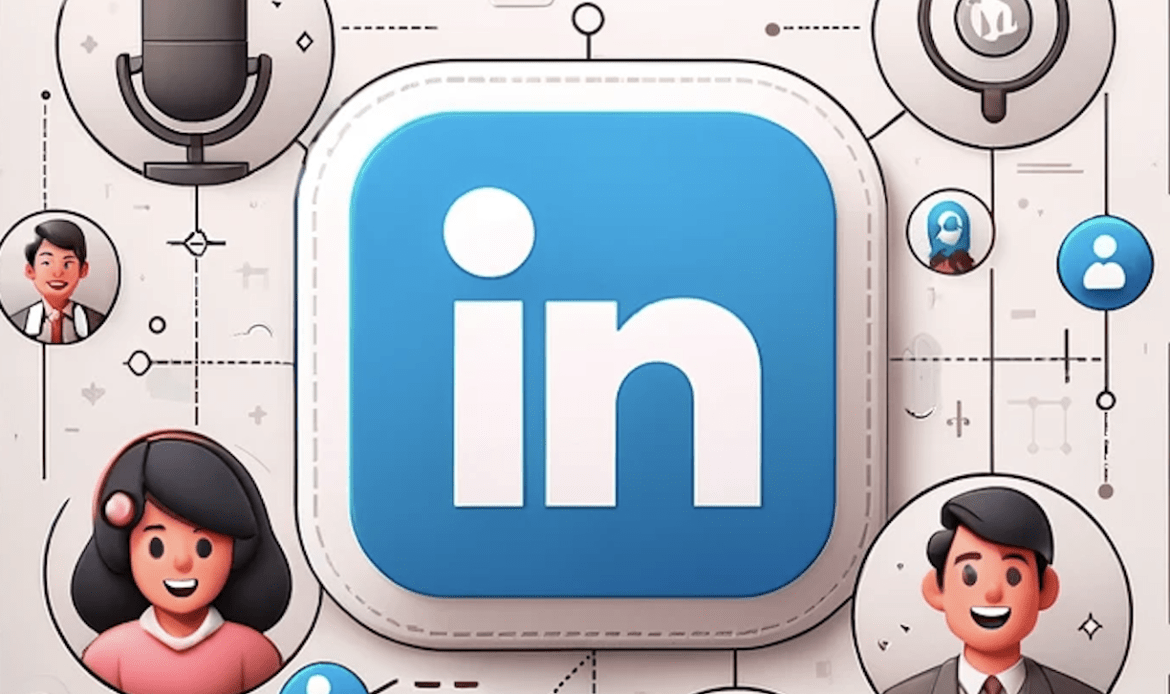In today’s digital age, where professional networking has moved from in-person events to the virtual world, your LinkedIn profile serves as your digital business card. It’s a dynamic tool for personal branding, job seeking, and networking. Your LinkedIn headline, in particular, is the first point of contact for anyone who stumbles upon your profile. It’s not just a collection of words; it’s your professional identity encapsulated in a few characters.
In this comprehensive guide, we will delve into the intricacies of crafting a compelling LinkedIn headline and how to utilize LinkedIn analytics to continually improve your profile’s performance. Whether you’re looking for a new job, aiming to expand your professional network, or just wanting to strengthen your digital presence, a strong LinkedIn headline is your first step toward making a lasting impression.
The Significance of a Captivating LinkedIn Headline
Think of your LinkedIn headline as the hook of your profile. It’s the first thing that people see, and it plays a pivotal role in determining whether someone decides to click on your profile to learn more about you. Additionally, a well-crafted headline can enhance your visibility in relevant searches, making it easier for potential employers, collaborators, or like-minded professionals to discover you. This will be key when using Oryn as your dedicated outreach tool
Let’s break down the strategies for creating a compelling LinkedIn headline:
1. Clarity and Specificity
Your headline should clearly convey your professional identity. To achieve this, it’s essential to use keywords that accurately represent your skills, industry, and experience. For instance, if you are a software engineer with a specialization in artificial intelligence, your headline could read, “AI Software Engineer | Machine Learning Enthusiast | Open to New Opportunities.”
2. Highlight Your Unique Value
In a sea of professionals, what sets you apart? Your LinkedIn headline is an ideal place to feature your unique selling points (USP). Whether you’ve increased sales by 30% as a data-driven marketing specialist or you’re an expert in a niche field, make it known. Your USP should be prominently displayed in your headline.
3. Emphasize Your Goals
If you’re actively job hunting or open to new opportunities, it’s crucial to express this in your headline. Use phrases like “Seeking New Challenges” or “Open to Job Offers” to signal your intent. Such clarity can draw recruiters and hiring managers looking for candidates like you.
4. The Art of Brevity
LinkedIn headlines have character limits, so brevity is key. Aim for a headline that’s around 120 characters or less. Short and snappy headlines are more memorable and easier for busy professionals to absorb.
5. Utilize LinkedIn Analytics for Iteration
Creating a strong headline is just the first step of the process. To determine if it’s effective, you must track its performance. LinkedIn provides robust analytics tools to help you measure your profile’s effectiveness, including your headline.
a. Profile Views
LinkedIn offers insights into who viewed your profile. This data includes information about the viewers’ industries, locations, and job titles. Analyzing this information can help you understand the types of professionals your profile is attracting. If you’re aiming to target specific industries or job roles, these insights can guide you in refining your headline to make it more appealing to your desired audience.
b. Search Appearances
Another invaluable aspect of LinkedIn analytics is that it shows you how often your profile appears in search results. This data can reveal which keywords are leading people to your profile. Pay close attention to this information and make adjustments to your headline to optimize it for better visibility in relevant searches.
c. Click-Through Rate (CTR)
The CTR measures how many people click through to your profile after encountering your headline. If you have a low CTR, it may indicate that your headline isn’t compelling enough. To address this, consider experimenting with different headlines and monitoring the CTR to identify which one performs best.
6. A/B Testing Your Headline
A/B testing, also known as split testing, is a powerful strategy to determine which headline resonates best with your target audience. Create multiple variations of your headline, and over time, monitor their performance. LinkedIn’s analytics will provide the data you need to identify the winning headline.
Conclusion
In the age of the digital professional landscape, a compelling LinkedIn headline is your key to making a strong first impression and attracting the right connections and opportunities. Your LinkedIn headline is a way to showcase your skills, expertise, and aspirations to the professional world. Crafting a powerful headline, tracking its performance, and making necessary refinements based on LinkedIn analytics will help you maximize your LinkedIn presence and stand out in the competitive professional landscape.
Ultimately, your LinkedIn headline is your online business card and introduction to the digital professional world. So, craft it carefully, monitor its performance, and watch your LinkedIn profile become a magnet for the opportunities you seek when using Oryn for your outreach. It’s your digital first impression—make it a lasting one.

